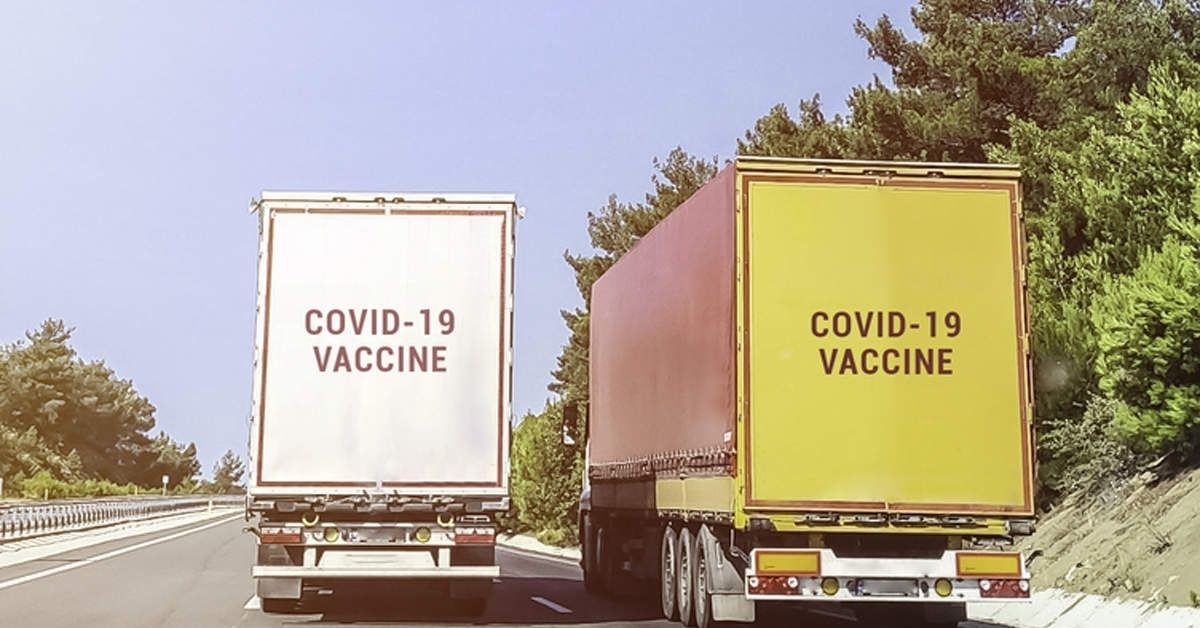The Centre has come under fire for its vaccine procurement policy as many states are left with days’ worth of vaccine supply, with citizens fuming for the lack of proper management in Covid-19, as India continues to report a high number of cases.
Distribution at the beginning of the vaccination drive was seamless to an extent amid supply concerns as the vaccine stocks were coming through the Center. Now that the government greenlit the decentralisation of procurement from May 1, new challenges have come up in the supply chain.
Experts and industry sources quoted by Indian Express believe that logistical problems faced by states or individual private hospitals have increased under the new system. There is also an absence of scale now as compared to the earlier model.
As public or private establishments can now procure vaccines directly from the manufacturers, delays and higher transportation costs lead to a pricier product for the end-consumer as well.
From January to May, the government’s universal immunisation programme (UIP) infrastructure was used for logistics, which had close to 29,000 cold chain points across India for vaccine storage. Before May 1, the process was smoother as manufacturers started shipping only after it received an order, which was only from the Centre.
Bharat Biotech and Serum Institute of India (SII) sent their stocks via commercial flights or by road to the Centre’s depots in key cities like Mumbai, Delhi and Chennai. These depots or Government Medical Store Depots (GMSDs) were hubs of the central government, and once the vaccines reached here the state governments took over, distributing doses to districts and cities. From the nearest GMSD, vaccines are sent to primary and community healthcare centres.
After May 1
The Centre now receives 50 per cent of the doses and distribute these among states which need it the most based on ‘extend of infection’. Apart from this order, the vaccine makers are expected to fulfill the needs of individual private hospital chains & state governments.
There are nearly 58,250 government sites and 2,300 private sites for vaccination. As for logistics, the GMSDs will continue to be used for the Centre’s 50 per cent, but states and hospitals are on their own. State depots of the same scale may have to be set up with cold chain equipment to conserve the vaccine. Private hospitals will also have to make arrangements with manufacturers for the logistics of vaccine procuement.
Source: Deccan Herald








